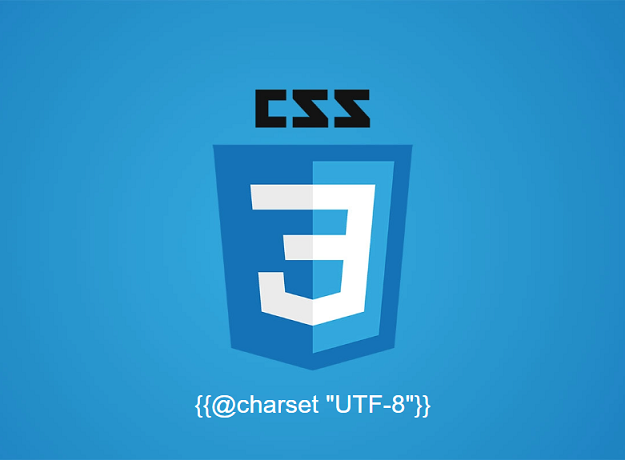Using UTF-8 encoding in CSS has become the standard practice because it supports a wide range of characters, including special characters and non-English characters. UTF-8 is a variable-width character encoding that can represent any character in the Unicode standard, which makes it an ideal choice for websites with international audiences or that use multilingual content.
Using UTF-8 encoding in CSS ensures that text on your website will display correctly and be accessible to all users, regardless of their language or location. It also ensures that any special characters used in your CSS code or in the content of your website will display correctly.
Moreover, if your CSS file contains special characters or non-English characters, using a different encoding can result in errors or unexpected behavior. In contrast, UTF-8 encoding provides a universal character set that is compatible with most modern web browsers, text editors, and other software.
In summary, using UTF-8 encoding in CSS provides better support for multilingual content, helps ensure correct display of special characters, and avoids errors that can arise from using different encodings.
This is an illustration of CSS that uses UTF-8 encoding:
@charset "UTF-8";
body {
font-family: 'Open Sans', Arial, sans-serif;
font-size: 18px;
color: #080808;
}
/* Example of using non-English characters */
#main {
background-image: url('背景.jpg');
}
#footer {
background-image: url('ًصورة.jpg');
}